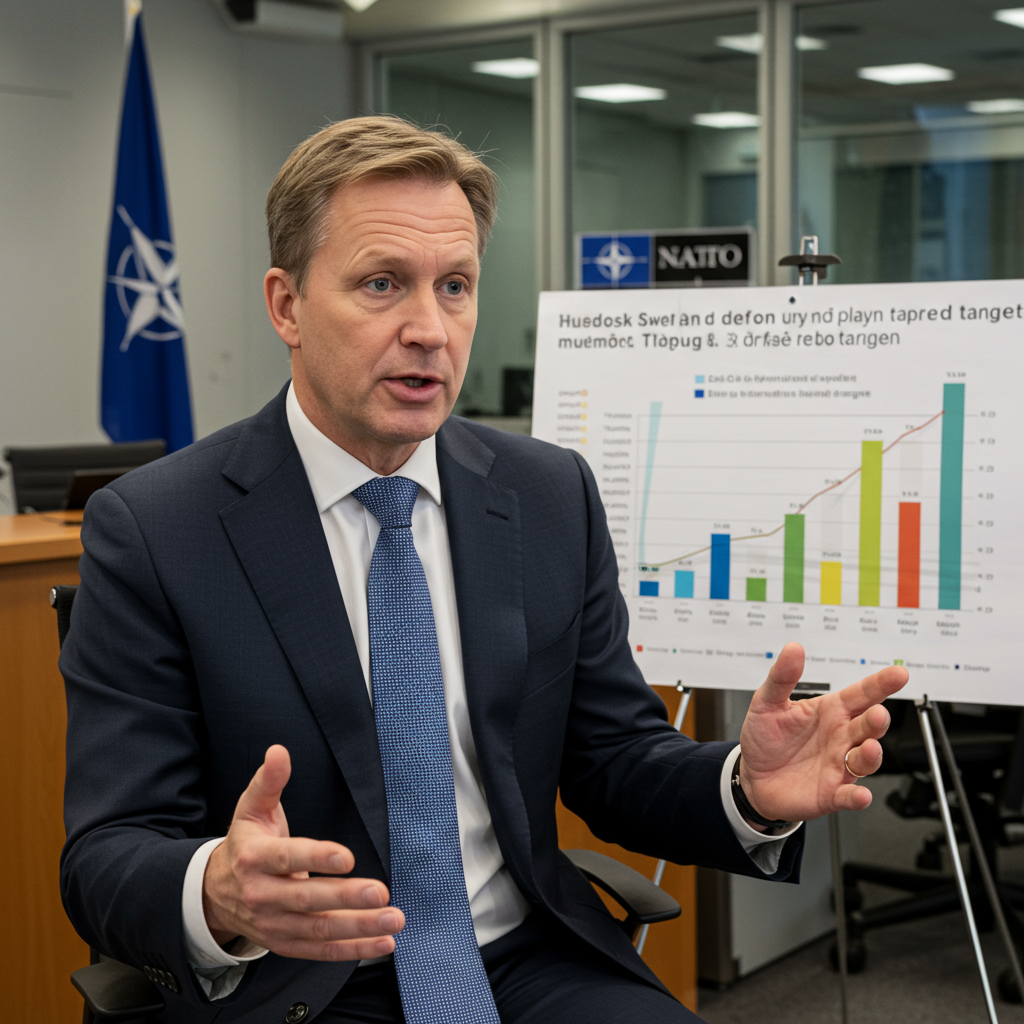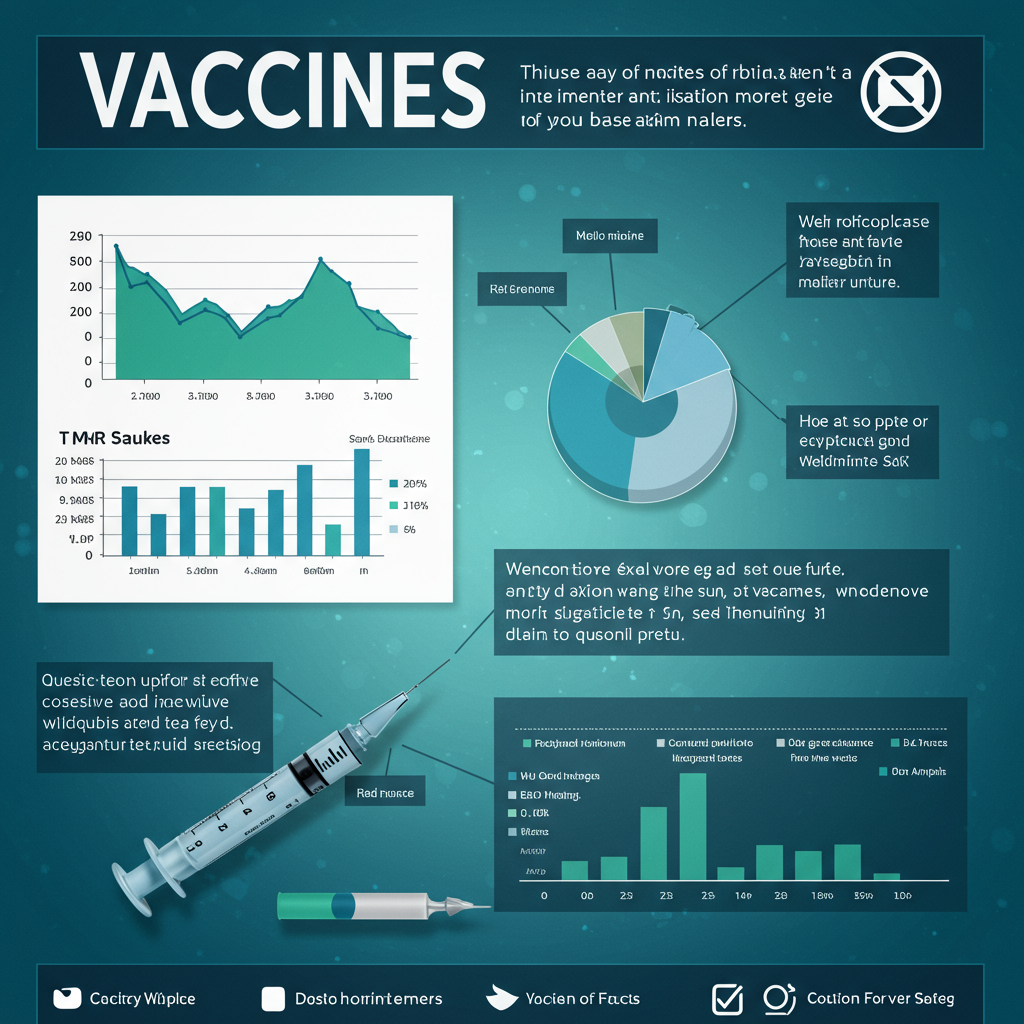Stockholm Signals Delay on Key NATO Defense Spending Goal
Just ahead of NATO’s anticipated summit in The Hague, Sweden has indicated it will push back its target for reaching a defense spending level equivalent to 3.5% of its Gross Domestic Product (GDP) until up to 2032. This new timeline, revealed today by the Swedish government and opposition, aligns with a potential compromise date that NATO allies may agree upon next week.
Sweden’s Defense Minister, Pål Jonson, confirmed Stockholm’s position, stating, “Sweden supports 3.5 percent of GDP by 2030 and is pushing for it within NATO.” However, he acknowledged the necessity of unanimous agreement among allies, noting that “as [NATO] Secretary General [Mark] Rutte has said, 2032 may become the relevant date.”
Mikael Oscarsson, defense policy spokesperson for the Christian Democrats party, highlighted that several nations, including Spain and Italy, have advocated for a 2035 deadline. Despite this, Sweden anticipates that 2032 will likely emerge as the agreed-upon compromise during the upcoming summit discussions.
Understanding NATO’s Evolving Spending Goals
The discussion around defense spending targets is dynamic. Recently, NATO Secretary General Mark Rutte has floated the concept of a two-tiered spending framework. This proposed plan includes 3.5% of GDP dedicated to core defense capabilities and an additional 1.5% allocated to security-related matters, potentially totaling a 5% GDP goal – a figure that has seen significant encouragement from the United States. While the specifics of this broader goal, including its timeline, are still under negotiation, 2032 has reportedly been suggested by Rutte.
Sweden’s newly adopted 2032 target is part of a formal agreement between the government and the opposition regarding the nation’s 2026 defense budget. The agreement outlines plans to secure a loan of up to 300 billion Swedish Kronor (approximately $3 billion USD) to finance key defense priorities. The document indicates a delay of “up to” two years from the previously stated 2030 goal.
Furthermore, the agreement addresses the potential second tier of NATO spending. If allies establish an additional target of 1.5% of GDP for broader defense-related investments, Sweden’s plan states the nation “should also meet this goal.” However, the political parties noted that the exact definition of this target remains “unclear,” making it “not yet certain” if further measures will be required to achieve it.
Priorities and Urgency
underscoring the strategic importance of increased defense spending, Swedish Finance Minister Elisabeth Svantesson remarked bluntly at a press briefing, “To speak plainly, it’s about ensuring our children and grandchildren don’t have to learn to speak Russian.”
Beyond financial commitments, the focus is also on strengthening domestic defense industrial bases and ensuring their contribution to the global supply chain.
NATO’s readiness gaps were a recurring theme in discussions. Rutte recently stressed the critical need to increase NATO’s air defense capabilities by 400 percent to bolster deterrence. Oscarsson echoed this urgency, pointing out deficits beyond air defense, including “too few ground troops, too little ammunition, and insufficient long-range capabilities. We need to speed up.”
The security assessment from Swedish and Danish services adds weight to these concerns, warning of a potential conflict “in two to five years.”
Air Defense Investments
Addressing one key capability gap, Sweden acquired US-made Patriot air defense systems (PAC-2 and PAC-3 variants) delivered in 2021 and 2022. This decision came after the European SAMP/T missile defense system was considered.
Reflecting on the choice, Oscarsson stated, “Thank goodness we chose Patriot. The other option was a development project that, to this day, doesn’t have the same capabilities against ballistic missiles. We made the right choice.”
Looking ahead, Sweden is now exploring complements to the Patriot system. Oscarsson specifically highlighted Israel’s multi-layered air defense systems as potentially interesting. “It has been shown that Israel has four layers [of air defenses]. It’s very possible that we’ll conclude we need to supplement as well,” he explained, referencing Israel’s systems used against attacks from Iran.
As the NATO summit approaches, defense spending targets and the timeline for reaching them are set to be key negotiation points, particularly amidst calls for European nations to increase their defense burden.



